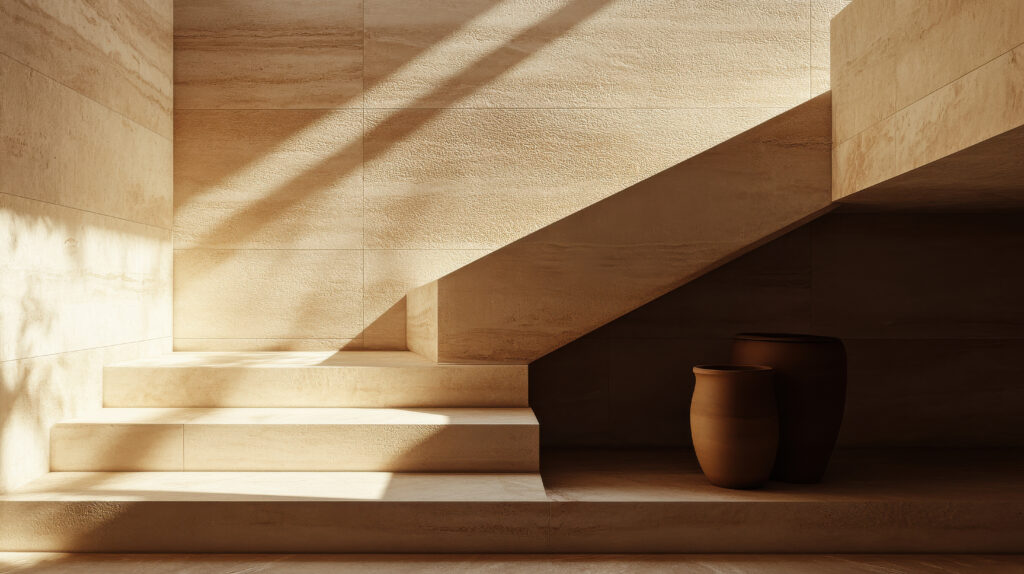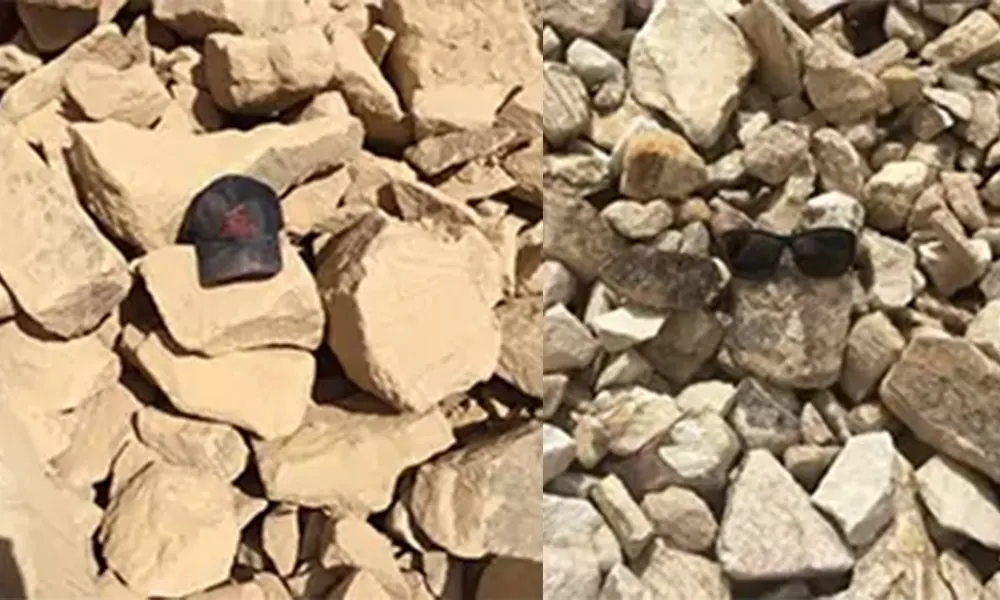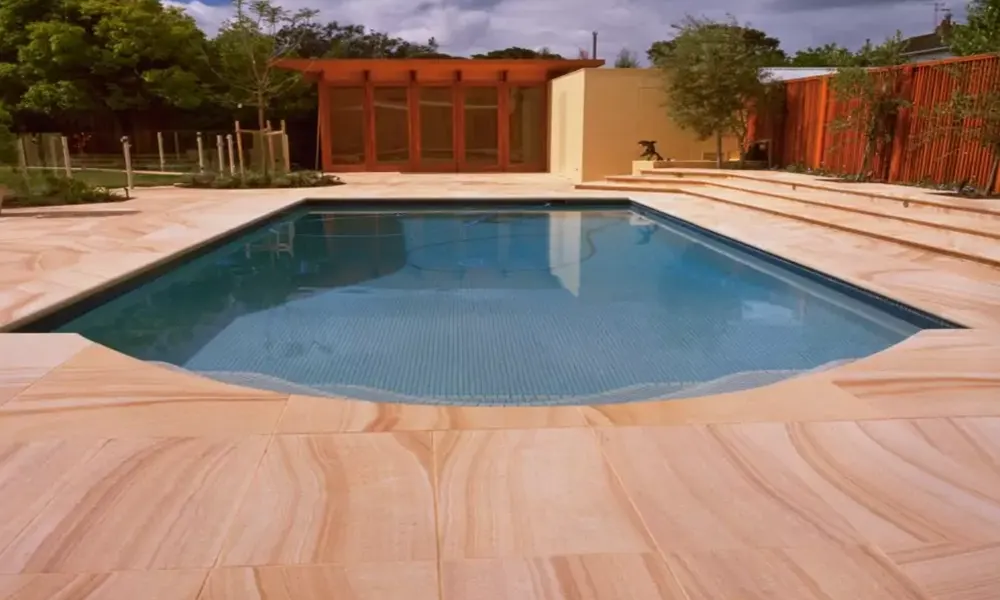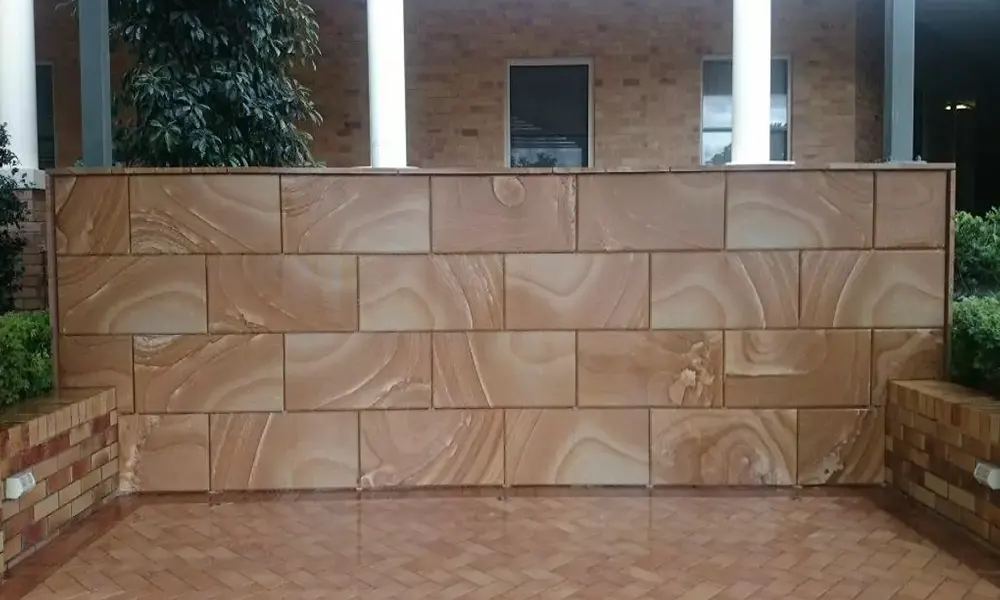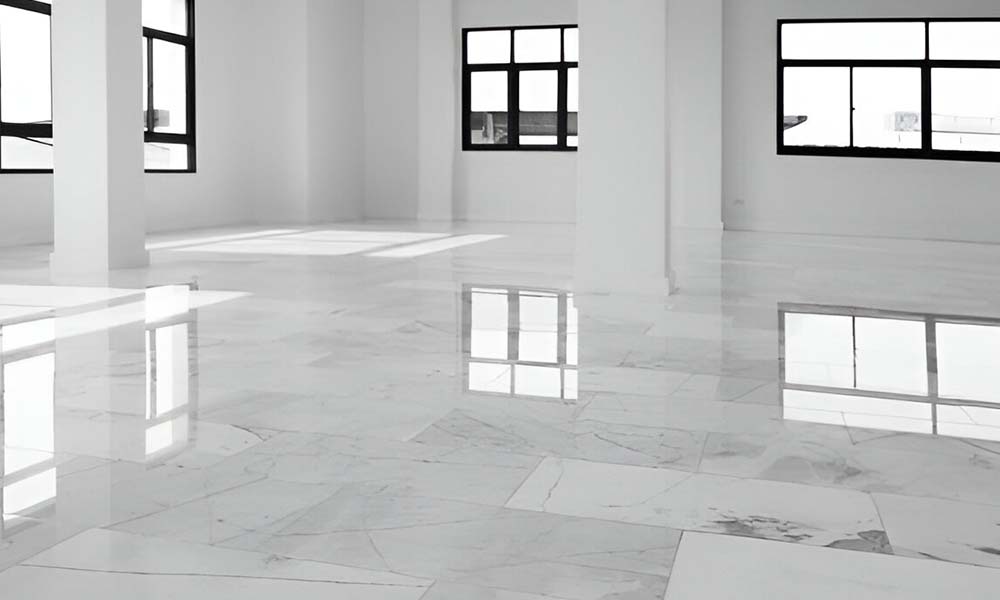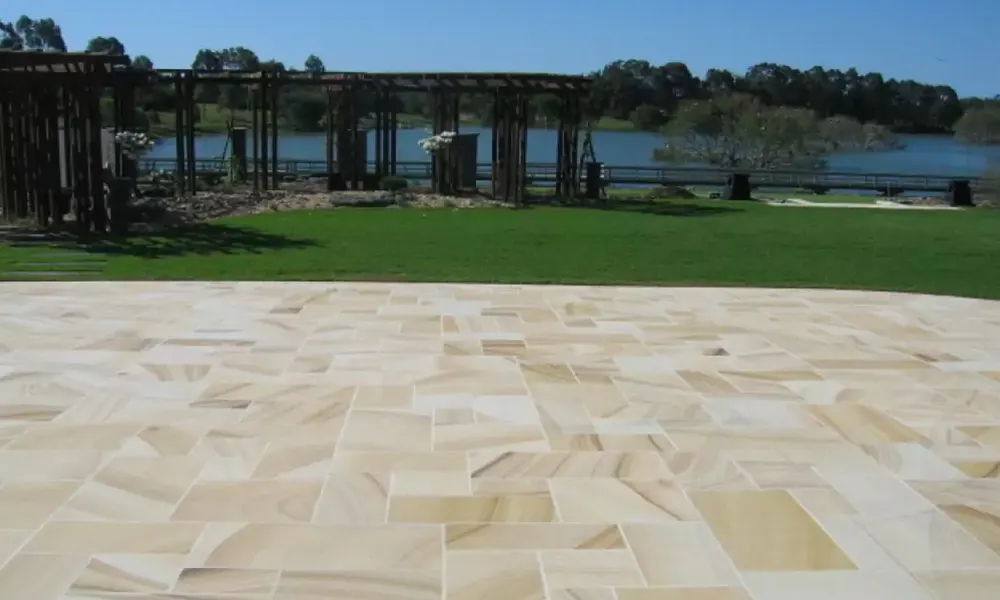
Are you tired of looking at the same old concrete driveway? Dreaming of a walkway that exudes character and charm? Sandstone pavers offer a captivating blend of beauty and practicality, making them an excellent choice for enhancing your outdoor spaces.
Whether it’s a driveway that needs an upgrade or a pathway that deserves a timeless touch, sandstone pavers are a solution that combines durability, elegance, and versatility. Let’s explore why sandstone pavers driveways are the perfect choice for your home.
Why Choose Sandstone Pavers for Driveways and Pathways?
Sandstone pavers for driveways have been a popular choice for centuries, and for good reason. They offer a range of benefits that make them a worthwhile investment for driveways and pathways:
- Natural Beauty: Sandstone’s unique, earthy tones and distinctive patterns add a touch of natural elegance to any landscape. Each piece is one-of-a-kind, offering a bespoke look for your outdoor space.
- Durability: Sandstone is a hard-wearing material that can withstand the elements, including heavy foot traffic and vehicle weight. Its strength makes it a reliable choice for high-traffic areas like driveways.
- Low Maintenance: Sandstone pavers don’t require regular sealing or staining, making them a practical option for busy homeowners who want beauty with minimal upkeep.
- Versatility: Available in a variety of shapes, sizes, and colours, sandstone pavers allow you to create customised designs, from intricate patterns to simple, classic layouts.
- Eco-Friendly: As a natural material, sandstone is a more sustainable choice than concrete or asphalt, making it environmentally friendly.
The Many Faces of Sandstone Pavers
The versatility of sandstone pavers allows them to complement various architectural styles, from modern and sleek to rustic and traditional. Whether you want a casual, laid-back pathway or a bold, geometric driveway, sandstone can be tailored to suit your design vision.
Here’s a closer look at some popular types:
Flagstone
Flagstone pavers are large, irregularly shaped stones that offer a raw, natural appearance. Their uneven edges and earthy tones create a relaxed, organic feel, making them perfect for homeowners who want to achieve a rustic look. Because of their size and shape, flagstone is ideal for winding walkways or informal patios, adding character and charm to any outdoor space. Flagstone is also versatile in how it can be spaced, with wide joints filled with gravel or plants for a more laid-back, garden-inspired feel.
Cobblestone
Cobblestone pavers are smaller, rounded stones, often associated with old-world charm. Used for centuries on roads and driveways, cobblestones are durable and capable of withstanding heavy loads, making them an excellent choice for driveways. Their compact, uniform appearance evokes a sense of history, adding timeless elegance to traditional or classic homes. Cobblestones also provide excellent traction, making them practical for areas that need additional grip, such as driveways or steep pathways.
Square and Rectangular Pavers
For a sleek, modern aesthetic, square and rectangular sandstone pavers are a popular option. Their clean lines and consistent shapes are perfect for creating bold, geometric patterns that enhance a minimalist design. These pavers are often used for driveways and pathways where a more formal, structured appearance is desired. Their uniformity allows for creative layouts, such as herringbone or basket weave patterns, adding a touch of sophistication to contemporary homes.
Planning Your Sandstone Paver Driveway or Pathway
Once you’ve decided on sandstone pavers, planning your project is the next step. This involves several key considerations:
1. Design
Think about the size and shape of your driveway or pathway, as well as your overall landscape design. Will the pavers be arranged in a simple grid, or are you looking for something more intricate? Sketch out your vision or consult a landscape designer to ensure the best results.
2. Material Selection
Choose the type of sandstone that fits your aesthetic and budget. Consider the colour, texture, and size of the pavers, and how they’ll blend with your home’s exterior and surrounding greenery.
3. Installation
Hiring a professional installer is highly recommended. Proper installation ensures that the pavers are laid correctly and compacted, which prevents issues like settling or cracking over time.
Final Thoughts: A Timeless Investment
Choosing sandstone pavers for driveways and pathways is not just about enhancing your home’s appearance—it’s about making an investment in durability, functionality, and timeless beauty.
Sandstone pavers add curb appeal, elevate your outdoor living space, and stand the test of time. Whether you’re aiming for a rustic charm or a modern look, sandstone pavers provide a perfect blend of style and strength.Ready to transform your driveway or pathway with sandstone? Contact Elite Sandstone today to find the perfect pavers for your home. Let us help you create a stunning, durable outdoor space that will last for years to come.
Frequently Asked Questions
Sandstone pavers can be slippery when wet. To improve traction, select textured pavers or add sand or gravel between the joints for better grip.
Regularly sweep sandstone pavers to remove debris. For deeper cleaning, use a mild soap and water solution, and avoid harsh chemicals that can damage the stone.
With proper installation and care, sandstone pavers can last for decades, offering long-term value and durability.
While sandstone pavers are generally more expensive than materials like concrete, their beauty, longevity, and low maintenance requirements make them a worthwhile investment.
